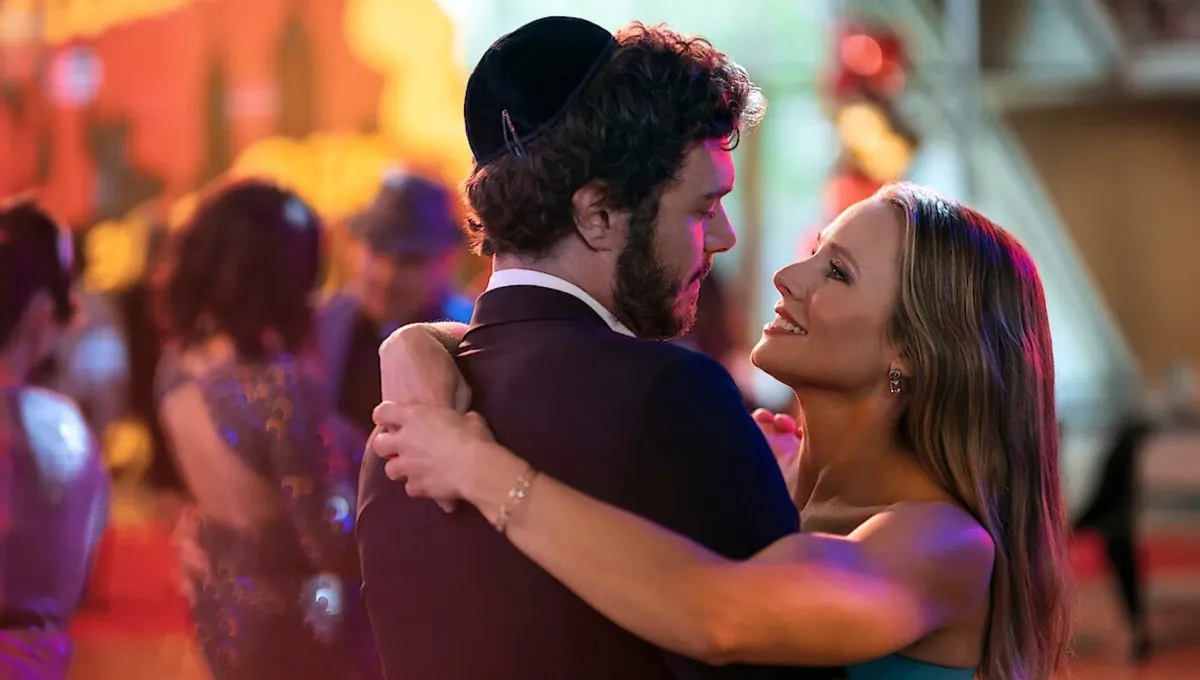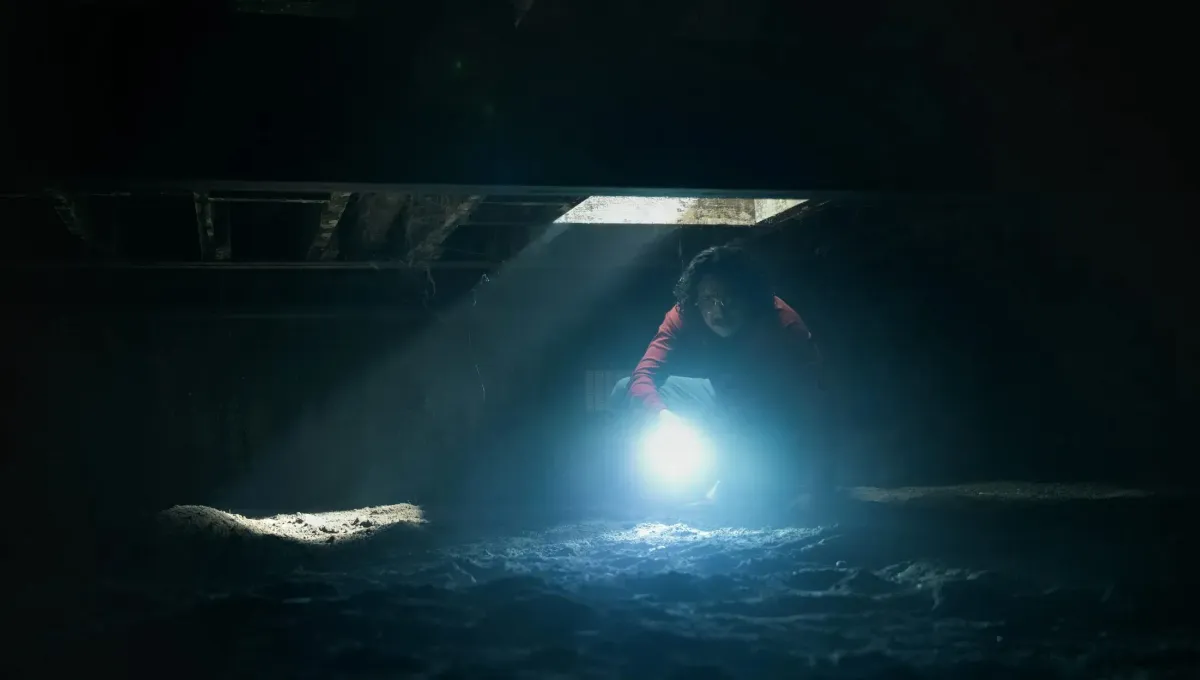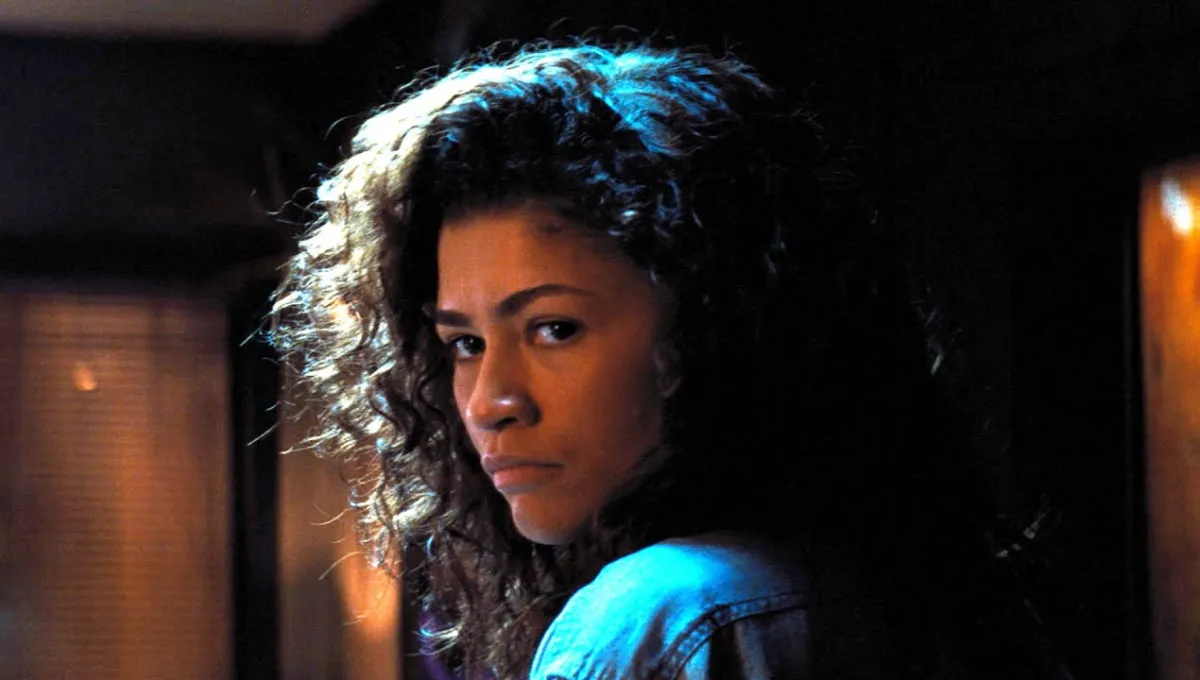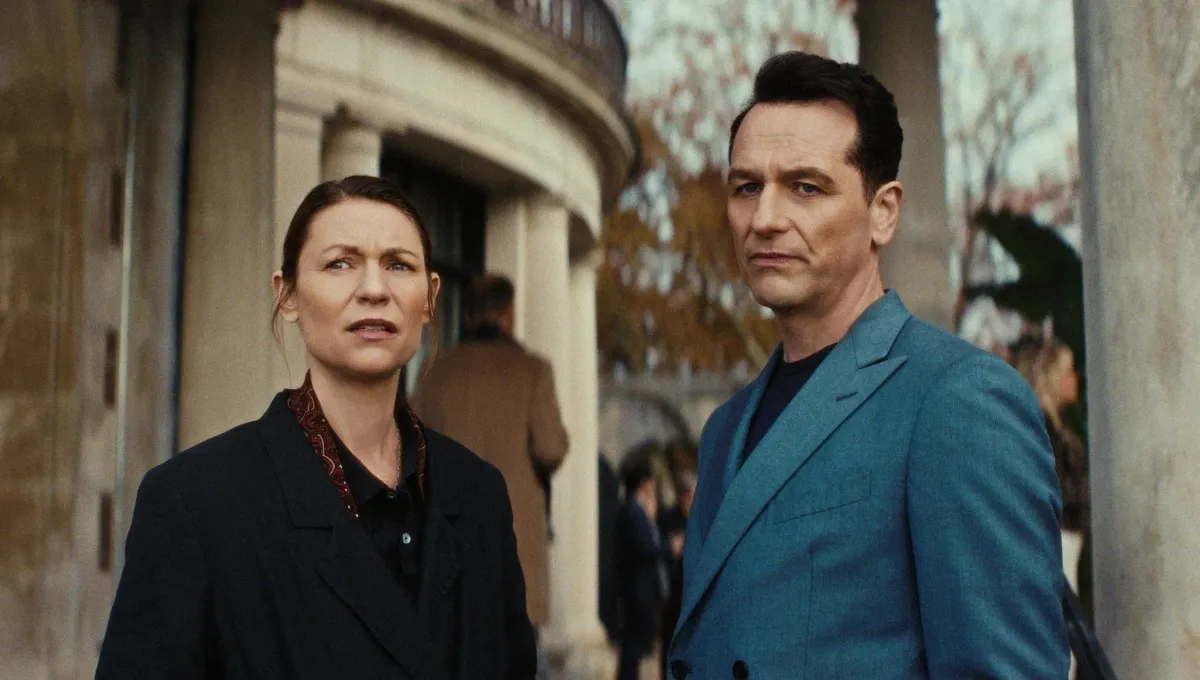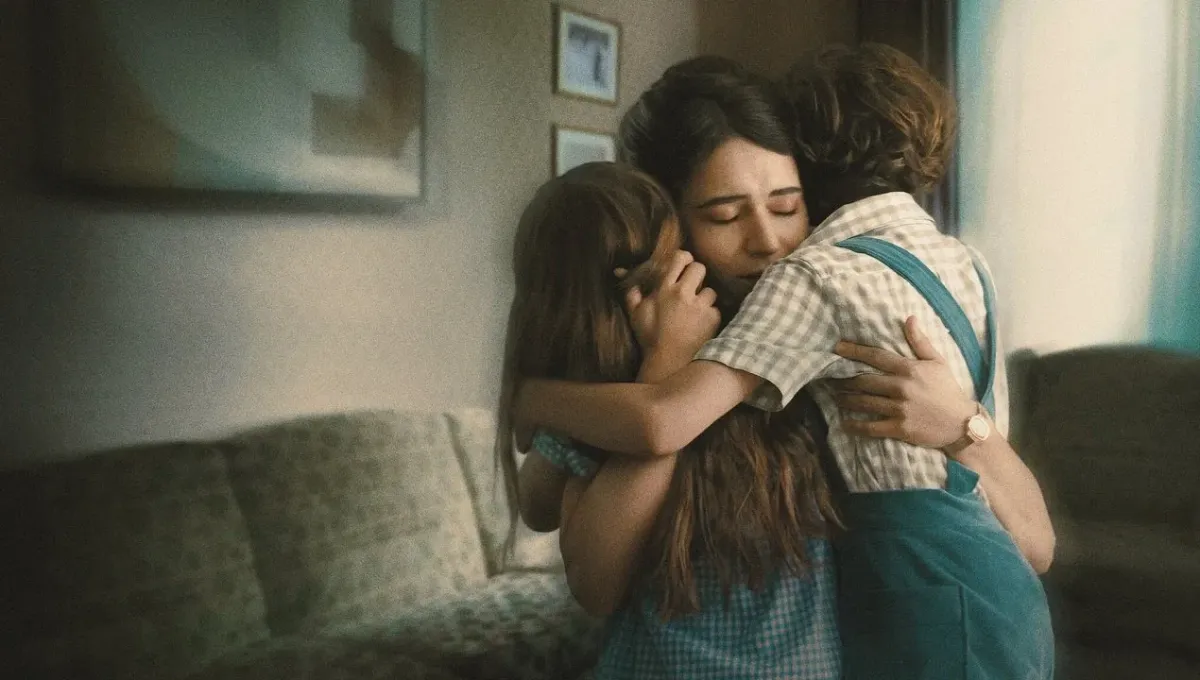There’s something quietly terrifying about being right when everyone says you’re wrong. That’s the central tension at the heart of The Woman in Cabin 10, Simon Stone’s elegant yet unsettling adaptation of Ruth Ware’s bestselling novel. The film, released on Netflix in October 2025, transforms a confined luxury yacht into a psychological labyrinth — a mirror of paranoia, gaslighting, and the fragile boundary between perception and truth.
The premise is simple enough: Laura “Lo” Blacklock (Keira Knightley), a journalist invited on an exclusive press voyage, witnesses a woman being thrown overboard in the middle of the night. The next morning, every passenger is accounted for. No one believes her. Not the crew, not her editor, not even her own instincts. From that moment, Lo becomes both detective and unreliable witness — trapped in a world where the waves whisper doubt louder than any voice on board.
Adaptation and the Shape of Suspicion
Ruth Ware’s original novel, published in 2016, was already steeped in the literary tradition of female-narrated thrillers — from The Girl on the Train to Rebecca. But Stone’s adaptation streamlines the inner turmoil into cinematic motion. Critics from outlets like AV Club and PureWow note that Lo’s portrayal is slightly altered: less fragile, more determined, and designed to anchor the viewer emotionally rather than alienate them. It’s a decision that makes the film more accessible — and perhaps less haunting.
By removing some of the book’s internal anxiety, Stone trades depth for pacing. The story glides along like the yacht itself: beautiful, polished, but occasionally too smooth to feel real. Still, the director understands one thing perfectly — the power of confinement. The ship becomes a metaphorical stage, its mirrored hallways and narrow cabins reflecting not only Lo’s unease but our own claustrophobic fascination with fear.
Visual Language: When Space Becomes Psychology
What the screenplay sometimes flattens, the cinematography restores. The visual composition is striking: glass reflections, shifting light, and the endless movement of the sea combine to create an atmosphere of restrained dread. The yacht is both opulent and isolating — a gilded cage where reality feels perpetually off-balance.
Publications like The Guardian described the film’s aesthetic as “moody and sleek, though slightly cardboard,” while RogerEbert.com praised its “snappy tension within a confined location.” These observations capture the duality at play: it’s a movie that feels alive through image and texture rather than plot mechanics. The palette — ivory, slate, silver, and deep ocean blue — sustains an elegant melancholy.
Knightley, meanwhile, inhabits the role with quiet authority. She’s not the frantic scream-queen archetype of old thrillers; she’s sharp, weary, and human. Her fear registers through micro-expressions — the flicker of an eye, the tightening of her breath — rather than hysteria. It’s the performance of someone who knows what it means to be doubted.
The Feminine Experience of Doubt
At its emotional core, The Woman in Cabin 10 is about more than a mystery; it’s about the politics of credibility. A woman witnesses something horrifying — and instantly, the world conspires to dismiss it. Critics have drawn parallels to the recurring trope of “the unbelievable woman” in modern cinema: female characters gaslit into silence by systems that value composure over truth.
The film doesn’t break new ground, but it wields this theme with restraint and intelligence. It reminds us that disbelief is a form of violence — subtle, polite, and devastating. And by situating Lo in a shimmering, male-dominated environment, the narrative turns luxury into a prison of perception.
Where It Succeeds — and Where It Sinks
Stone’s direction is clean and controlled. The film never tries to out-Hitchcock Hitchcock — a temptation that ruins many psychological thrillers. Instead, it allows space for silence. Some reviewers called it “Hitchcock Lite,” yet that might be precisely its charm: a thriller that breathes instead of shouting.
Still, the film falters in its middle act. The tension slackens, and some secondary characters (notably Guy Pearce’s enigmatic host, Richard Bullmer) remain underwritten, their motivations murky. The Financial Times remarked that the narrative “drifts toward predictability,” and indeed, the film’s second half feels more procedural than psychological.
Yet, when it works — it truly works. The subtle camera movements, the rhythmic hum of the engines beneath the dialogue, the occasional reflection of Lo’s face superimposed against the sea — these moments embody what the best thrillers understand: that fear is not noise, but quiet recognition.
Aesthetic Fear and Emotional Design
More than a mystery, The Woman in Cabin 10 plays like a study in emotional architecture. Every surface gleams, but nothing feels solid. Every conversation sounds civil, but hides something corrosive. The decor — marble, glass, light wood — is the new language of anxiety: curated calm concealing chaos. It’s “quiet luxury” as existential unease.
The production design evokes the psychological minimalism of contemporary lifestyle culture — homes that are curated to the point of sterility. In this sense, the film doubles as commentary on the modern aesthetic of control. We surround ourselves with symmetry to mask the storm underneath.
Lo’s struggle, then, is not only to prove what she saw, but to accept the imperfection of seeing at all — the idea that truth, like light on water, constantly shifts.
The Verdict
The Woman in Cabin 10 isn’t flawless. It’s not the most shocking thriller of the year, nor the most original. But it’s beautifully made, emotionally intelligent, and visually assured. It understands fear as a slow burn — not an explosion. It asks, in a quiet, unnerving voice: What if being disbelieved is scarier than the danger itself?
In a genre obsessed with noise and twists, Simon Stone delivers something subtler — a story that lingers like the sound of water against glass, long after the credits roll.
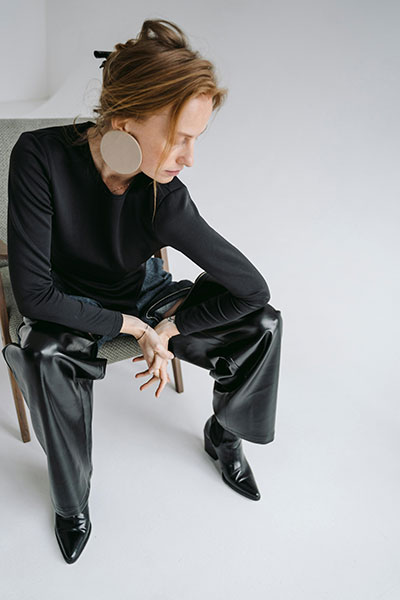
Grace Whitmore is a beauty and lifestyle editor at Nestification, exploring the intersection of modern femininity, quiet luxury, and emotional design. Her work focuses on how aesthetics, mindfulness, and self-expression shape today’s idea of calm confidence — where beauty becomes a state of mind.
Based in New York · [email protected]


